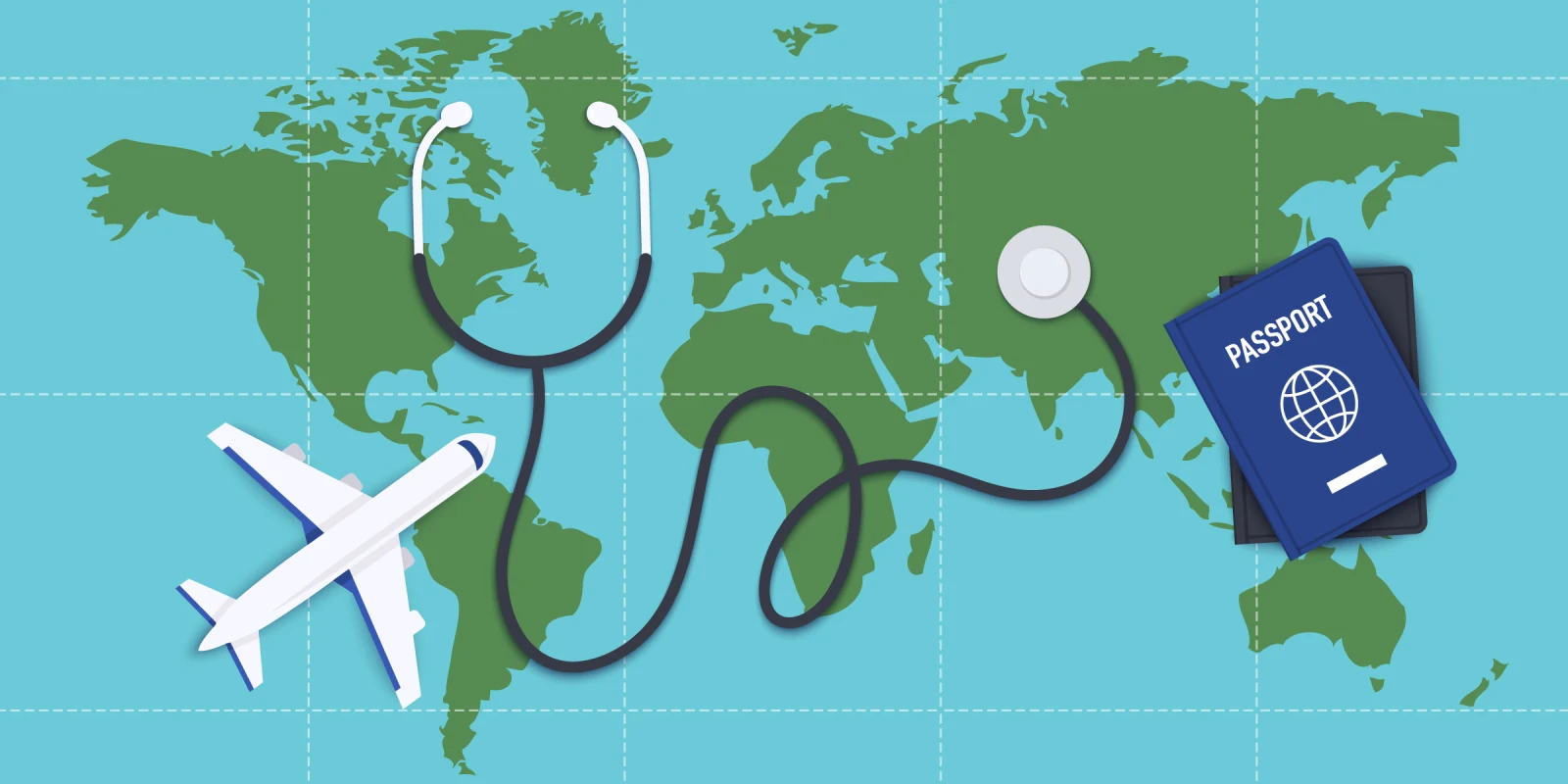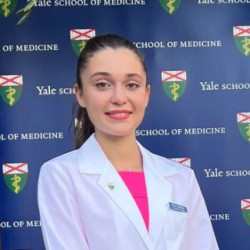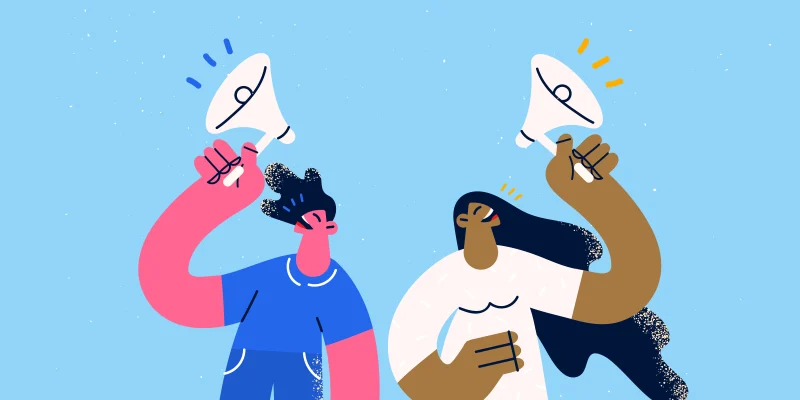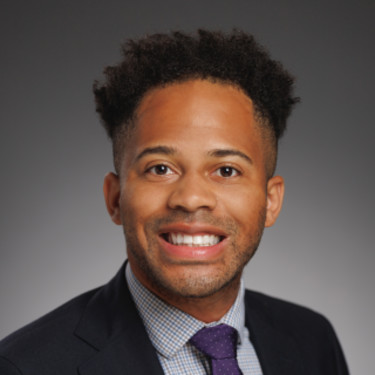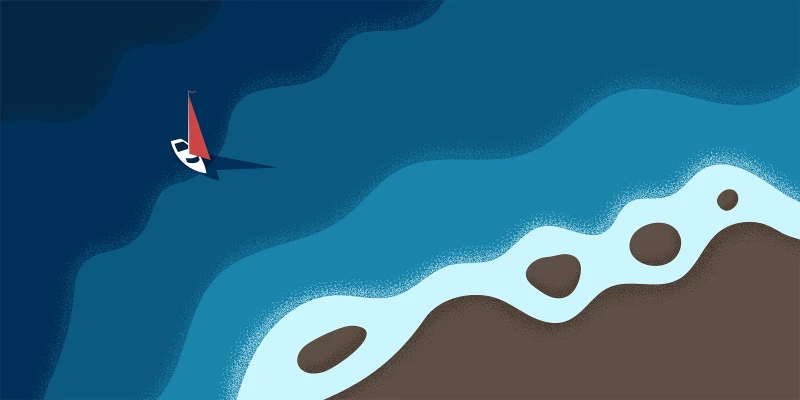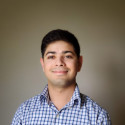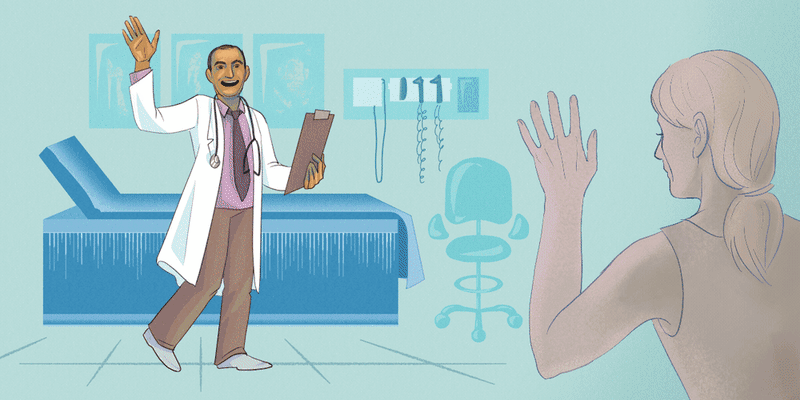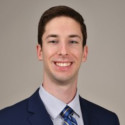“So why are you here as a medical student? We usually have residents and attending surgeons visit our institution,” Dr. L, an attending surgeon at Chang Gung Memorial Hospital (CGMH), asks me midway through a functional free muscle transfer. It’s only my second day in Linkou, Taiwan, and in my jet-lagged state of mind, I try to trace back to the moment I decided to take my USMLEs back-to-back and carve out three weeks of my dedicated study period to be a visiting scholar at CGMH’s Department of Plastic and Reconstructive Surgery.
At the start of my second year of medical school, I began working on a systematic review focused on challenging upper-extremity nerve repairs. It coincided with a time where I was going through some personal challenges. Whenever I’ve felt like this, my solution was to find inspiration, something to shake me out of the dull, autopilot rhythm I found myself slipping into.
As I did a deep dive of the literature for the systematic review, I noticed that many of the most elegant studies we cited were not from the U.S., and a significant number of the cases in our review originated at CGMH. Through this project, we had the opportunity to collaborate with an attending surgeon at CGMH, who shared photos of their meticulous intraoperative nerve dissections for our manuscript. Curious, I wondered: What is it about CGMH that fosters such elegant and creative solutions? I had to see it up close. There was the inspiration I needed. So, I sent in an application, received approval, and got to planning my trip.
Navigating a new city and hospital is never easy. Add to that the challenge of signs written in traditional Chinese, a year of Duolingo Mandarin proving of limited use, and the need to rely heavily on Google Translate and the kindness of strangers. But, I thought, what would Anthony Bourdain have done? Exactly.
Throughout my three weeks at Chang Gung, I tried to answer a major question I had come in with: What makes this institution the innovative microsurgery powerhouse it is known as? I had this in mind as I went from one OR to another during my days there. Before many cases, the team would gather for preoperative discussions, methodically reviewing the plan and the rationale behind it. They drew from both the latest research and their own prior experiences: citing studies, critiquing methods, and questioning even their own published work when warranted; nothing is truly set in stone. Watching this seamless integration of research and clinical practice left a strong impression on me. Innovation here wasn’t just about technical skill but about thoughtful inquiry and constant refinement. In conversations, I frequently noticed how the techniques of surgeons from around the world were brought up, reflecting a mindset of “there is always another, perhaps better, way to do things.”
As a medical student, I was seeing a remarkably diverse range of reconstructions for the first time. Unlike the more senior trainees and surgeons, I was not yet observing for subtleties. Instead, I was focused on learning the indications, steps, and possible complications of each case, often through patient and thorough explanations from residents and fellows. Being on an “unofficial” rotation, I also had plenty of unstructured time to reflect, sketch what I had seen, read more deeply, and pore over Netter’s Atlas. In the absence of expectations, I just observed and absorbed with a well-rested mind and relaxed body, which, as I am writing this in the heat of sub-internship season, is incredibly rare and valuable.
There were many other visitors as well as microsurgery fellows from all over the world. I shared conversations, meals, and dorm rooms with local and international medical students, residents, and attending physicians from places like Turkey, Japan, and the U.K., to name a few. The relatively equal footing of being observers, combined with the novelty and occasional confusion of navigating a country far from home, made for interesting and refreshingly honest conversations among the people I met at various stages of their careers.
I appreciated how worldly and self-aware they were, all cognizant of the strengths and limitations of their home countries when it came to surgical advancement. Many spoke thoughtfully about the strengths and areas for improvement in their own institutions and where they hoped to go next to continue learning and growing. Sometimes, such radical honesty is challenging in one’s own country given the small and tight-knit field, but in the words of a Spanish microsurgery fellow: “We are all strangers here.”
One of the most honest and eye-opening conversations I had took place over a meal at a Din Tai Fung in Taipei after a clinic — where, incidentally, I discovered that not understanding the language of conversation can actually make you pay closer attention. Who would have thought? Over soup dumplings, I sat with a visiting resident from Mexico, an international fellow from Vietnam, and a local senior resident. At one point, we discussed what had been on my mind for weeks: What is the most important factor that makes Chang Gung a world leader in reconstructive microsurgery?
I learned that at Chang Gung, there is a strong culture of mentorship, in which senior surgeons take junior colleagues under their wing, encouraging them to seek further training abroad. They go, learn, and return inspired, building on a culture already rooted in working tirelessly toward mastery. International experiences are not only supported but expected, which struck me as especially meaningful in a place that is both a recipient and a sender of surgical fellows. It all ties back to the mindset I had seen echoed throughout my time there: a commitment to staying open, to learning how things are done elsewhere, and to constantly refining one’s approach. I also learned how trainees in Asia viewed the U.S., particularly the emphasis on actively seeking out opportunities, creativity, and setting oneself apart, in both the professional and personal sense, which was especially salient to them. Ultimately, this two-hour-long conversation was a powerful example of diversity of thought and experience, and how it can change and broaden our perspective.
Before I left for Taiwan, I received mixed advice about whether visiting Chang Gung as a medical student would be worthwhile. But in hindsight, for someone early in their training, it was the perfect environment: rooted in teaching, free from the pressure of evaluation, and rich with opportunities to build a foundation of surgical knowledge and develop the mindset of adaptability and solution-seeking. Beyond the OR, this experience became a powerful reminder of how vast the world is, how many ways there are to live, to learn, and to operate, both literally and figuratively. That perspective has stayed with me, especially now, as residency applications approach and it becomes easy to let your world collapse into the narrow confines of a rejection email, an awkward interaction, or a piece of feedback that threatens to define you. In those moments, I try not to lose sight of the bigger picture. Success or good outcomes, as I have learned, do not always follow a set formula, nor does the “right” approach always yield the desired outcome. What matters is to keep moving forward — honestly, curiously, and openly — toward what inspires you. I’ll end with a final nod to Anthony Bourdain: “Maybe that’s enlightenment enough: to know that there is no final resting place of the mind, no moment of smug clarity. Perhaps wisdom… is realizing how small I am, and unwise, and how far I have yet to go.”
What experiences have shaped the way you practice or think about medicine? Share in the comments.
Helia is a third-year medical student at Yale School of Medicine. When not learning medicine, she can be found sketching, collecting rare books, and bouldering. She is a 2024–2025 Doximity Op-Med Fellow.
Image by Lesia_G / Getty
